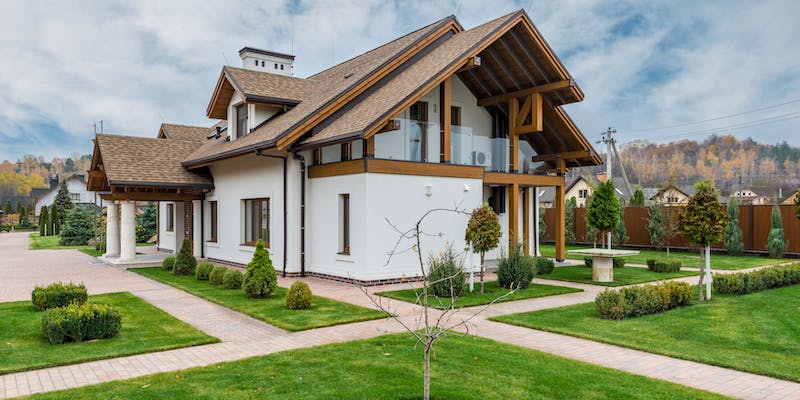Everyone understands the most important rule of homebuying: Don't buy more houses than you can afford. Creating a homebuying budget is doable. However, the definition of "affordable" varies from buyer to buyer. Some people spend significantly more than the typical sales price of $361,700, according to data from the fourth quarter of 2021, yet, many others pay significantly less.
Regardless of where you are on the spectrum, buying a house is likely one of your most life-altering decisions. However, having a pre-approval letter from a mortgage lender isn't enough to determine where you fall within the affordability spectrum.
For first-time purchasers, the amount a lender is willing to finance is the most important factor in their decision-making process. They could face financial difficulty and perhaps foreclosure if they can't afford the monthly payment.
Homeowning Expenses Beyond the Mortgage

At the beginning of the home buying process, getting preapproved for a loan is vital, but it is only one factor. Homeownership comes with many other recurrent fees that purchasers need to consider. Homeowners' insurance, utility bills, and repair and maintenance expenses fall into this category. Cleaning and mowing the lawn, shoveling snow, and raking leaves are all time-consuming tasks that may quickly pile up. Taxes are an additional factor to consider for prospective buyers.
Because of the hidden fees, a home that looks reasonable on paper can cost a lot more than you anticipated. When evaluating how much house you can afford, you should consider all these costs and other recurring expenses. Even though a $1,500 per month mortgage payment may seem manageable compared to other monthly bills of $1,500 or even $2,000.
Discrimination in mortgage lending is against the law. It is possible to take legal action if you believe that you have been discriminated against because of your ethnicity or national origin, marital status, or public assistance usage. There are several ways to go about this, including contacting the Consumer Financial Protection Bureau or the US Department of HUD (HUD).
Your Down Payment Should Dictate the Purchase In most cases. Lenders need a down payment of at least 20% of the buying price. To secure a mortgage, they'll need private mortgage insurance if their down payment is less than 20% of the purchase price (PMI). This means their monthly mortgage payment will rise between 0.5 percent and 1 percent, depending on the loan amount.
According to the size of the property, your credit score, and how much the property is expected to appreciate, you may have to pay PMI. If you don't have $60,000 to put down on a $300,000 home, aim for at least 10 percent. Even if you have to pay mortgage insurance, you'll pay less interest over the life of the loan if you have a larger down payment.
The house you buy should be influenced by how much money you have saved for a down payment. If you can afford to put down 20% on one house but only 10% on another, go with the cheaper house because it will provide more value for your money.
Choose a Property You Can Handle

First-time homebuyers should examine the property's condition and size while evaluating its affordability. When it comes to heating and cooling, large isn't necessarily better, especially if you're on a tight budget. Having a long, steep driveway to shovel in the winter may sound like a dream come true, but it could cost you a lot of money. When you understand that you'll have to redo every single room in the house, the 3,000-square-foot fixer-upper appears like a great deal.
Get an estimate from a building professional on how much it would cost to fix the properties you're considering. If you're going to undertake most of the work alone, be honest about your abilities and time constraints.
After the mortgage payment, we all know that the costs of owning a home don't stop there. Homeownership comes with a slew of additional fees and considerations. The last thing you want to do is buy your dream home only to find out that you can't afford it because you didn't account for these fees.
The Bottom Line
However, if you undershoot your purchase or don't organise your finances wisely, the American dream of homeownership can quickly turn into a nightmare. It is common for the requirements of first-time buyers to exceed their financial capabilities. To make sure the house they buy is within their budget, they must take into account more than simply the monthly mortgage payment.
To avoid a situation where they are house-rich but cash poor, they must perform their due diligence and budget for their ambition before deciding to pursue it.




